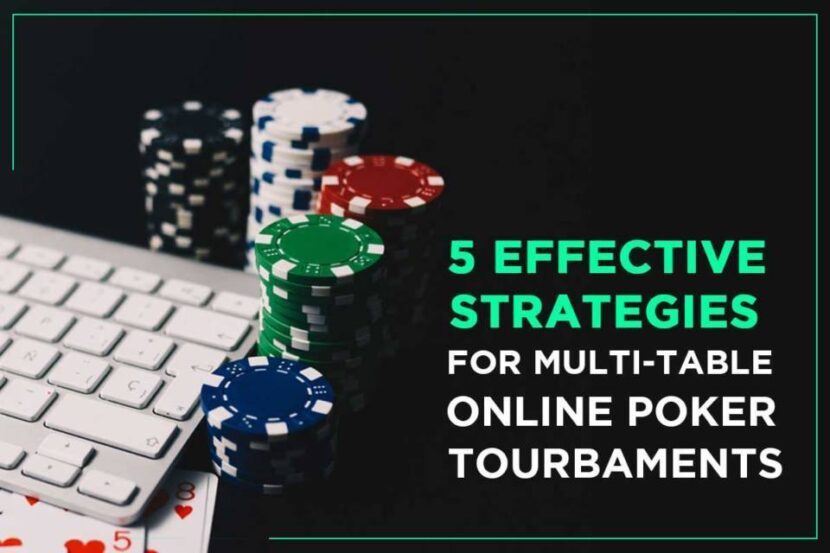Arnold Snyder and Dan Harrington are both authors of some of the most popular NL holdem tournament books on the market today. They both definitely know their stuff as each has won not only in poker but in blackjack and backgammon as well. I wouldn’t try a number crunching contest with either of them.
At the core of each of their most popular poker books belies an area of contention between the two that has spilled over into some heated argument online over the years. At issue is the common assumption by many that poker tournaments are completely within the realm of normal probability. That assumption is often thrown around by those who feel that you must play super-tight in a poker tournament to be successful. Such folk are mistaken.
It is actually possible to play successfully in a poker tournament with a loose aggressive strategy and a tight aggressive strategy. It is also possible to play Surprisingly loose with a tight aggressive strategy and call any pre-flop raises with a raise. How you play is entirely up to you.
Many of the trendy poker books on the market today teach the reader that the best poker tournament strategy is to play tight and then exploit your big hands with premium hands. I strongly disagree. I believe that the best poker tournament strategy is to play tight and then exploit any pocket pairs, especially if those pocket pairs are from the big blind. In no limit tournaments you can play any hand, even those marginal ones, if it is suited and has an Ace.
If you play tight, you will be safe and will not make the mistake of allowing other players to take the lead in the poker tournament. When you play tight, you are not dominated by other players who play wild and crazy. You will not be liquidated by good hands.
In the final analysis, the way you make money in a poker tournament depends on playing when you are most suited to the task at hand. Successful tournament players learn to play their hands when they are most suited to the task at hand. They are not, as many would claim, the all-in type of players.
In the first hour or so, you should be focused on building your poker chip stack by protecting it with aggressive post-flop betting and by protecting your blinds. Think of the first hour as the blasting engages in an intense game of cat and mouse with the other players.
After about 60 minutes, the action should be relatively steady. You should not be pickled by other players taking cheap shots at your big pairs. There is simply too much loose play in the game and not enough quality still to go around. Those playing a tight game are going to be even more frustrated after the first few rounds. Quality still will not appear toier, but you will be able to survive longer before the fish bite back. When you are playing tight, you still want to be playing aggressive. However, quality is going to suffer because there simply are not enough opponents in the game to go around. When there are fewer players in a freeroll, the game goes back to the drawing board.
Obviously, quality is going to be most exercised in a multi-table tournament with ten or more players. In a smaller freeroll, however, the level of competition is often not that intense. You will not be able to take aNezha to theRiver. Other players will call with any two cards for cheap. The level of blinds will also not concern itself with whether you have played pocket pairs or your ace. You will not see the nuts numerous times, but you will hit a good number of them on the flop and river.
It is hard to describe what kind of mega88 to expect. After all, there is simply not enough time to tell you how to play a game like North German poker. However, the rules of the game do allow for some rather rapid redicements. If you have watched a number of tournaments, you will most likely know what to expect. Freerolls certainly offer up a different set of guidelines, particularly in the early stages.
Typically, a North German freeroll will begin with two players left in each round. The basic holdem game is played in three levels: full ring, half ring, and small blind.
Most successful approaches to the game will center on the half-blinded play. With half-blind levels, you effectively are playing between a dealer and a full-blinded player. When you begin to get near the half-blind level, the only difference is that the full-blind is only betting one chip. Any time a player raises, the dealer will return a half-smaller bet to you, as a form of half-venge. In effect, the dealer is the chip leader in the game, which has a negative impact on the pace of the game.
